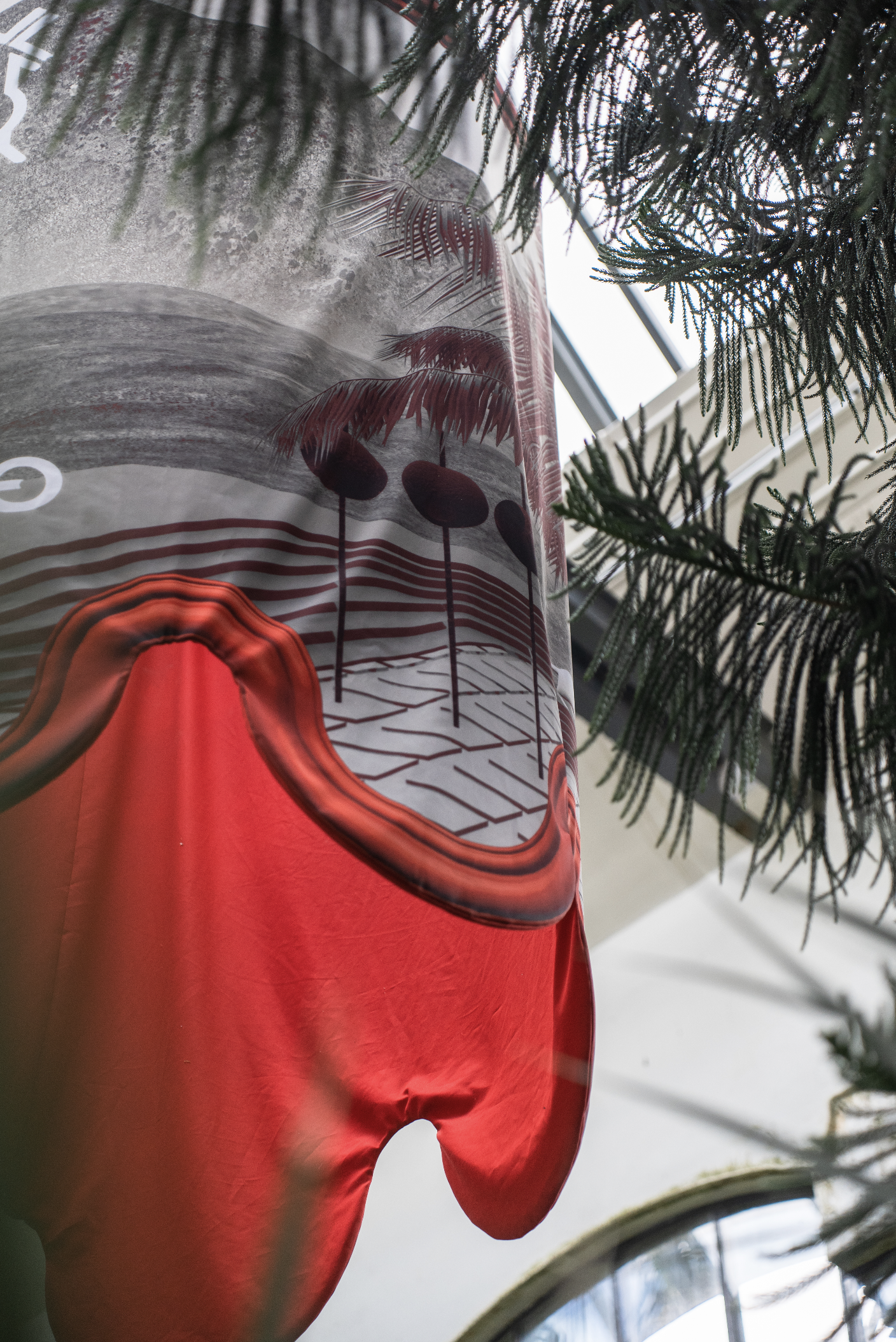Multi-media installation
Unfortunate Yet Brave Species is a research-based project that explores the scientific approach of resurrecting an extinct palm species, Paschalococos disperta from biological remains found at Rapa Nui (Easter Island). The artwork acts as an inventory of a speculative engineered wilderness by revealing a never-seen island ecology including past and future flora and fauna.
The extinction of the palm tree is directly connected to the extensive interventions of the Rapa- Nui society, which deforested and invaded the islands with their mythical activities and rat cultivation practices. Eventually, they left a barren lifeless land behind that not only caused the death of the palm species but their entire community and culture. Pollen, Coconuts, and Phytoliths are all that remain. Buried pollen was identified at the bottom of a volcanic lake, rat-chewed coconuts were discovered in the deepest caves, and microscopic phytoliths appeared among the sand; all remains belonged to Paschalococos disperta that might now be brought back to life by scientists. Through mythical storytelling, the installation questions the ethical and environmental effects of artificially reviving extinct wild plants.
The palm resurrected by Fuzzy Earth as part of Unfortunate Yet Brave Species, resembles the themes of death and rebirth, guilt and desire, the decline of civilisation, and the (apparent) growth of power and abilities of humanity. The tree seeks its place in the world as a subject of ritual offerings and a new, fantastic creature.









Images by Dániel Gaál, and Zsuzsanna Simon
Unfortunate Yet Brave Species was on show in K11 Labor as a solo exhibition curated by Noémi Viski (2023, Budapest) and in the Botanic Garden in Budapest as part of the group show, In the beginning there was a garden (2022)
